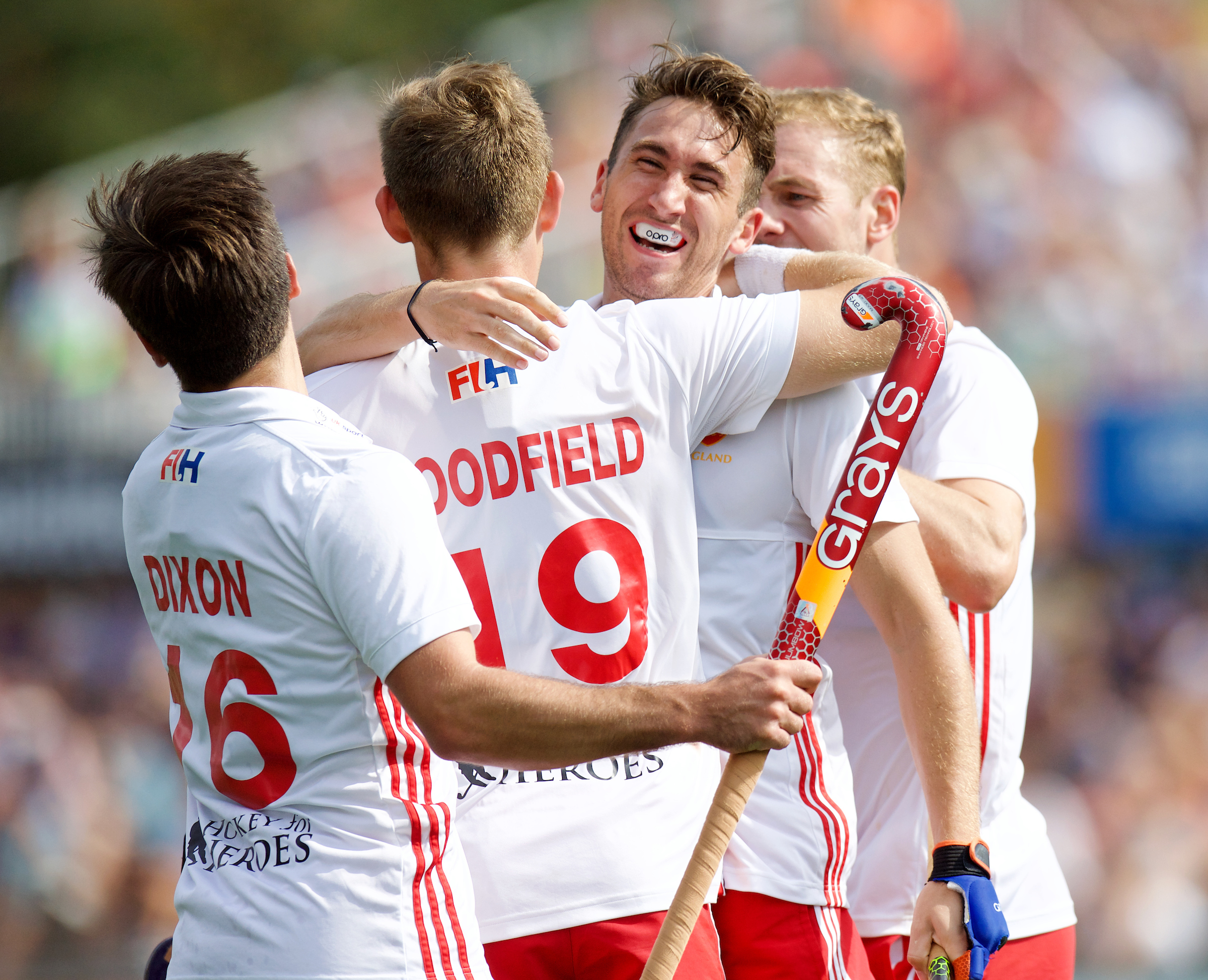Great Britain Olympian Richard Leman says that today’s current players should cherish their cap numbers just like New Zealand’s All Black heritage.
Ahead of the Tokyo Olympics, The Hockey Museum has been able to finish a huge volunteer-led project, by logging nearly 1,000 matches played by Great Britain’s men and women and identifing all 581 players to have so far worn the shirt in an official international fixture.
The statistical project took five years to complete as the Museum created a definitive record of GB matches that would allow caps to be awarded and individual player numbers to be calculated.
“We are all part of the same history and heritage,” said Leman. “It is like New Zealand rugby … with the shirt that you wear and who has worn the shirt before you.
“The stories that you have, it is unique.
“People have put a heck of a lot of work in as unpaid volunteers and to come up with a list of names is a great achievement.”
The project will continue as the focus now turns on to the Home Nations, a much bigger undertaking seeing as they have played a lot more international hockey.
“Everyone involved should be hugely proud of their efforts to bring this work together for the good of the sport,” said Great Britain Hockey’s Chief Operating Officer Nick Pink.
Story of the hockey cap
The phrase “Winning a cap” for playing sport, usually associated with representing one’s country, is generally more abstract than real. When a player finishes their career it will often be said that they won a given number of caps, however more accurately, this figure is appearances and the THE player will only ever have received one cap to commemorate their first appearance. This depends on the sport but in hockey the actual presentation of caps has been extremely occasional over the past 100 years, certainly since WW2.
Prior to WW1, though caps were quite widely presented in hockey, not only for international appearances but at Divisional, Club and School levels. At The Hockey Museum we have a number of photographs of caps at these levels although, sadly, few have survived the ravages of time.

It is generally accepted that “Caps” originated at Rugby School in 1839 and were worn by players as identification kit. It enabled fellow team players to distinguish each other in a scrummage and not get mercilessly hacked down by their own team-mates.
It does beg the question as to how the players maintained their caps on their heads in such a rough situation! Caps became extensively used in the public schools and universities and soon became the presentation of choice at international level.
In rugby, caps were awarded at the first ever international match in 1871 between Scotland and England and, in football, caps were first awarded in 1886. In hockey, we know that the Irish began issuing caps to players in 1895 and we believe these to be the first in our sport, although England followed soon after.
At The Hockey Museum we are very fortunate to have a volunteer cap specialist in Elton Riches. His own collection is mainly rugby caps but, when he heard of our interest in the topic, he offered to help us. Through his investigations he realised that one of his collection that he thought was a rugby cap is in fact a Welsh hockey cap from 1906. He made the discovery during reference to publications in our library, proving that green Welsh caps are for hockey.
Our other illustration is the Scottish hockey cap awarded in 1911 to Dr John Cattanach who was a double international, representing his country at both hockey and shinty. He went to war as a medic and died at Gallipoli. His story will be featured in Hockey’s Military Stories.
The search for more hockey caps
When Riches and The Hockey Museum decided to work together to find out information about honours caps being issued in hockey, it was always going to be a long mission.
On a research mission at the Hockey Museum library, Elton located a black and white photograph in a publication from 1898 showing the Welsh men’s hockey team wearing honours caps. The caps appeared very similar to those awarded in rugby. Elton had a similar cap in his collection which was green and had previously been advised by the Welsh Rugby Union that there was no record of a green cap ever being issued by them.

And so the work began. Starting with the initials inside the cap “WEJ”, the library’s match statistics resources led us to W.E Jones. With assistance from Hockey Wales further information about him came to light. Rev William Edwyn Jones won his first cap on 10 Feb 1906 and final cap on 8 March 1913. He played for Christ College Brecon and Aberavon and Llandudno clubs.
Further collaboration identified that, contrary to accepted belief, the early Welsh teams did indeed have green as a prominent colour in the early years.




